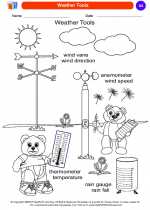Tectonic Activity
Tectonic activity refers to the movement and interaction of the Earth's lithospheric plates. This movement is responsible for a variety of geological phenomena, including earthquakes, volcanic eruptions, and the formation of mountains and oceanic trenches.
Causes of Tectonic Activity
Tectonic activity is primarily driven by the heat generated within the Earth's interior. This heat causes convection currents in the semi-fluid asthenosphere, which in turn cause the movement of the rigid lithospheric plates that float on top of it. The interaction of these plates at their boundaries leads to various forms of tectonic activity.
Types of Tectonic Boundaries
There are three main types of tectonic boundaries:
- Divergent Boundaries: These occur where two plates move away from each other. This can lead to the formation of new oceanic crust through seafloor spreading.
- Convergent Boundaries: These occur where two plates move towards each other. Depending on the types of plates involved, this can lead to subduction, mountain building, or volcanic activity.
- Transform Boundaries: These occur where two plates slide past each other horizontally. This can result in earthquakes as the plates become locked and then suddenly release their built-up energy.
Impact of Tectonic Activity
Tectonic activity has a significant impact on the Earth's surface and its inhabitants. Earthquakes and volcanic eruptions can cause widespread destruction, while the movement of tectonic plates is responsible for the formation of mountain ranges and the shaping of the Earth's continents.
Study Guide
When studying tectonic activity, it's important to understand the following key concepts:
- The causes of tectonic activity, including the role of convection currents and plate movement.
- The different types of tectonic boundaries and the geological features associated with each.
- The impact of tectonic activity on the Earth's surface and its implications for human societies.
Additionally, it is helpful to be familiar with specific examples of tectonic activity, such as the formation of the Himalayas at a convergent boundary, or the Mid-Atlantic Ridge as a divergent boundary.
Understanding tectonic activity is crucial for comprehending the dynamic nature of the Earth's geology and its influence on natural processes and human activities.
[Tectonic Activity] Related Worksheets and Study Guides:
.◂Science Worksheets and Study Guides Kindergarten. Weather

 Coloring Worksheet
Coloring Worksheet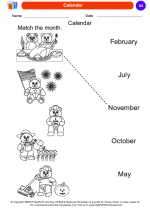
 Coloring Worksheet
Coloring Worksheet
 Coloring Worksheet
Coloring Worksheet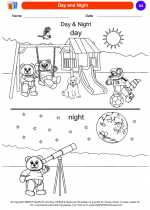
 Coloring Worksheet
Coloring Worksheet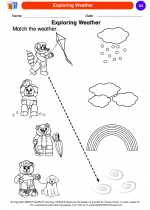
 Coloring Worksheet
Coloring Worksheet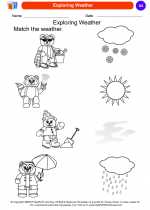
 Coloring Worksheet
Coloring Worksheet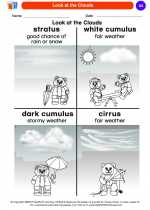
 Coloring Worksheet
Coloring Worksheet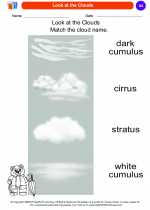
 Coloring Worksheet
Coloring Worksheet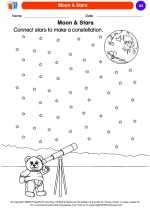
 Coloring Worksheet
Coloring Worksheet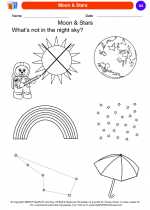
 Coloring Worksheet
Coloring Worksheet
 Coloring Worksheet
Coloring Worksheet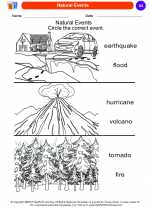
 Coloring Worksheet
Coloring Worksheet
 Coloring Worksheet
Coloring Worksheet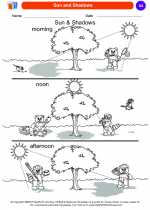
 Coloring Worksheet
Coloring Worksheet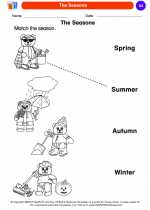
 Coloring Worksheet
Coloring Worksheet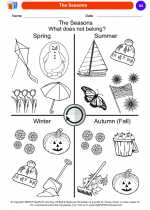
 Coloring Worksheet
Coloring Worksheet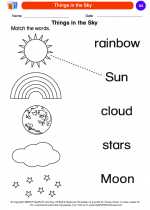
 Coloring Worksheet
Coloring Worksheet
 Coloring Worksheet
Coloring Worksheet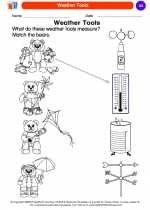
 Coloring Worksheet
Coloring Worksheet